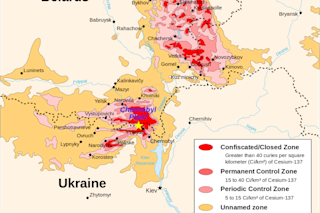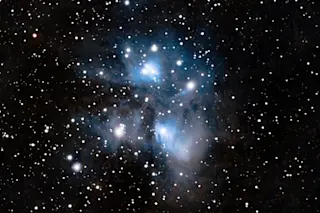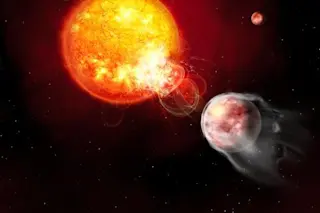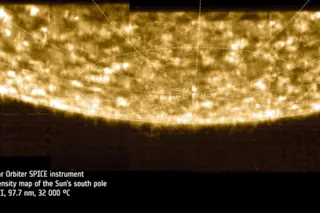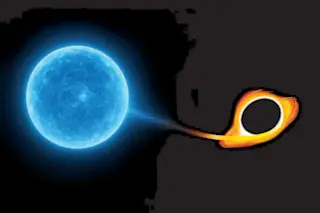Contamination map of the Chernobyl region in 1996. Twenty one years later the hottest areas remain off limits, but quasi-normal life has returned in the less affected "unnamed zone," including the Rivne Province at the west (left) end of this map. (Credit: CIA Factbook/Sting/MTruch) Regular readers of this blog know that I normally focus on cosmic topics: comets, exoplanets, dark matter, the search for alien life, and the like. I don't tangle so much with the everyday challenges of life here on the ground. I enjoy taking a break from the quotidian. But the truth is, the two sides are never very far apart. They are both--all--part of one universe, governed by one set of physical laws. The nuclear reactions that regulate the afterglow of a supernova explosion are the exact same ones that established the harsh consequences of the Chernobyl nuclear accident. I'm not picking that example at random. ...
Rebirth and Recovery in the Shadow of Chernobyl
Explore the aftermath of the Chernobyl nuclear accident and its unexpected revival in Rivne Province’s berry-picking economy.
More on Discover
Stay Curious
SubscribeTo The Magazine
Save up to 40% off the cover price when you subscribe to Discover magazine.
Subscribe

